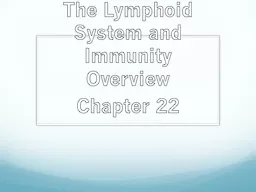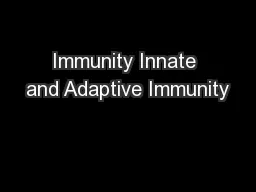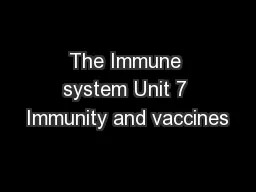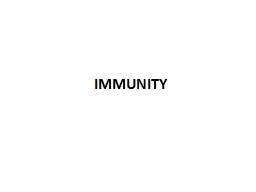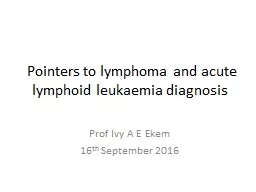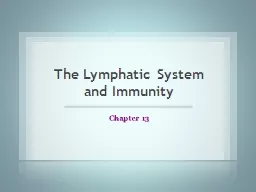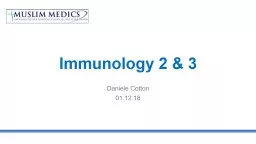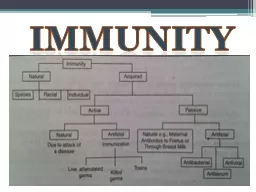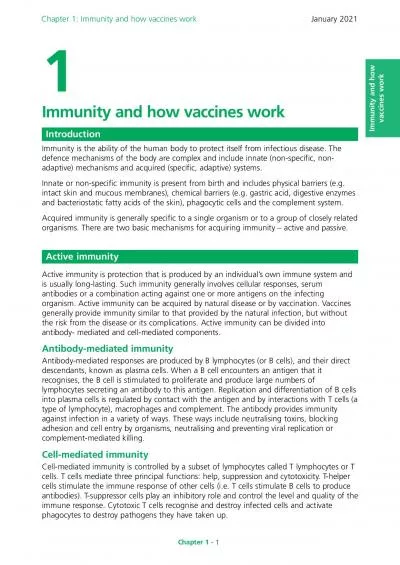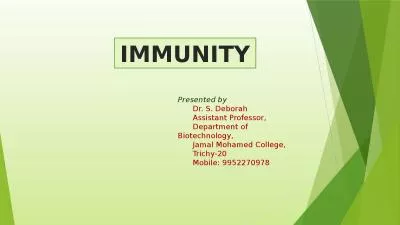PPT-The Lymphoid System and Immunity Overview
Author : phoebe-click | Published Date : 2016-05-26
Chapter 22 Functions of the Immune System Destroy pathogens organisms that cause disease Detect and kill abnormal cells such as cancerous cells Remove dead cells
Presentation Embed Code
Download Presentation
Download Presentation The PPT/PDF document "The Lymphoid System and Immunity Overvie..." is the property of its rightful owner. Permission is granted to download and print the materials on this website for personal, non-commercial use only, and to display it on your personal computer provided you do not modify the materials and that you retain all copyright notices contained in the materials. By downloading content from our website, you accept the terms of this agreement.
The Lymphoid System and Immunity Overview: Transcript
Download Rules Of Document
"The Lymphoid System and Immunity Overview"The content belongs to its owner. You may download and print it for personal use, without modification, and keep all copyright notices. By downloading, you agree to these terms.
Related Documents

